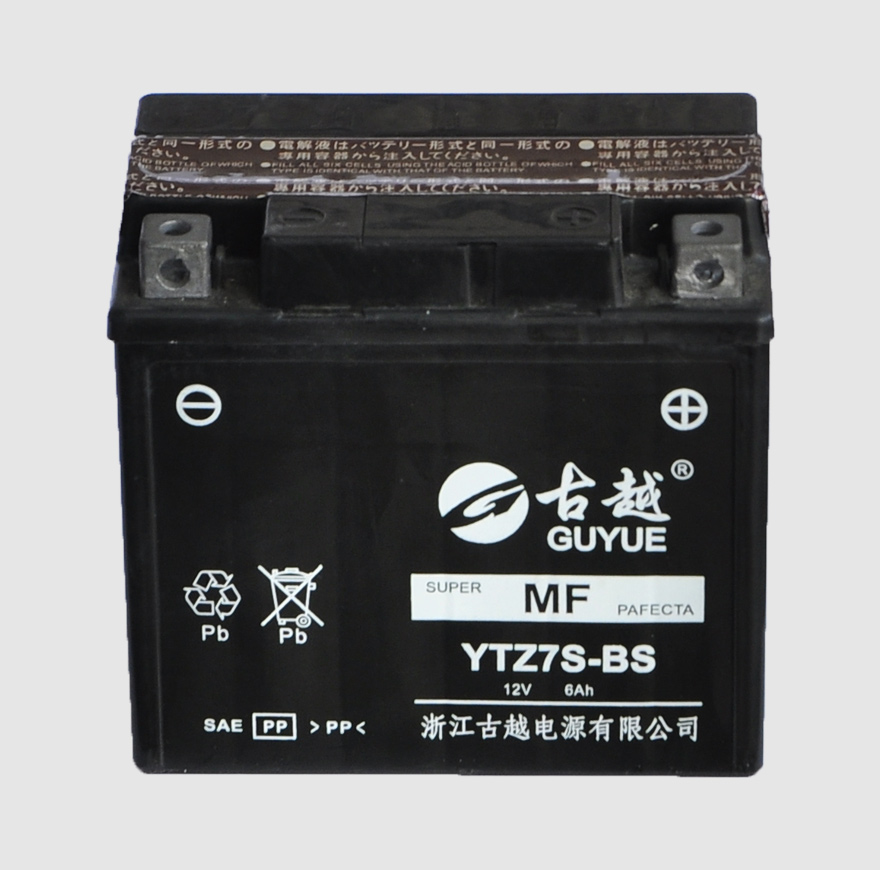

The battery of the motorcycle is fully charged, and the […]
The battery of the motorcycle is fully charged, and the battery is discharged after a few uses; or the fully charged battery is discharged after a few days. This is because the plates of the battery are severely vulcanized.
When the battery plate is severely vulcanized, a thick layer of white lead sulfate crystals will be formed on the plate, so that the active materials of the battery participating in chemical changes will be reduced, and this layer of crystals will hinder the penetration of the electrolyte and reduce The capacity of the battery makes the battery fully charged quickly, but the capacity is not large, so it will quickly run out of electricity when used. When this happens, it is usually said that the plate is vulcanized. The main reason for the vulcanization of the battery is that the battery is insufficiently charged for a long time, or it is left for too long in a half-discharge situation.
If the battery plate is found to be severely vulcanized, it can be discharged first, the electrolyte is poured out, and then the electrolyte with a lower density of about 1.15 is injected, and the battery is charged with one-fifteenth of the current until the electrolysis When bubbles appear in the liquid, reduce the charging current. When the bubbles in the electrolyte rise sharply, pour out all the electrolyte in the battery, then add the electrolyte with a density of 1.27-1.29, and charge with a small current. Recharge, recharge, recharge, and the battery will normally return to normal after repeated several times.
Distilled water can be added in the case of severe sulfidation, and charged in the same way, so that lead sulfide will dissolve in distilled water under the action of an electric field, and form a very dense electrolyte. When a large number of bubbles appear during charging, then discharge. After recharging, repeat it many times. At this time, check the electrolyte density change in the battery. If the electrolyte scale no longer rises, the capacity of the battery also rises to more than 85 percent and pour out of the battery. Solution, and then inject new electrolyte into the battery.




















